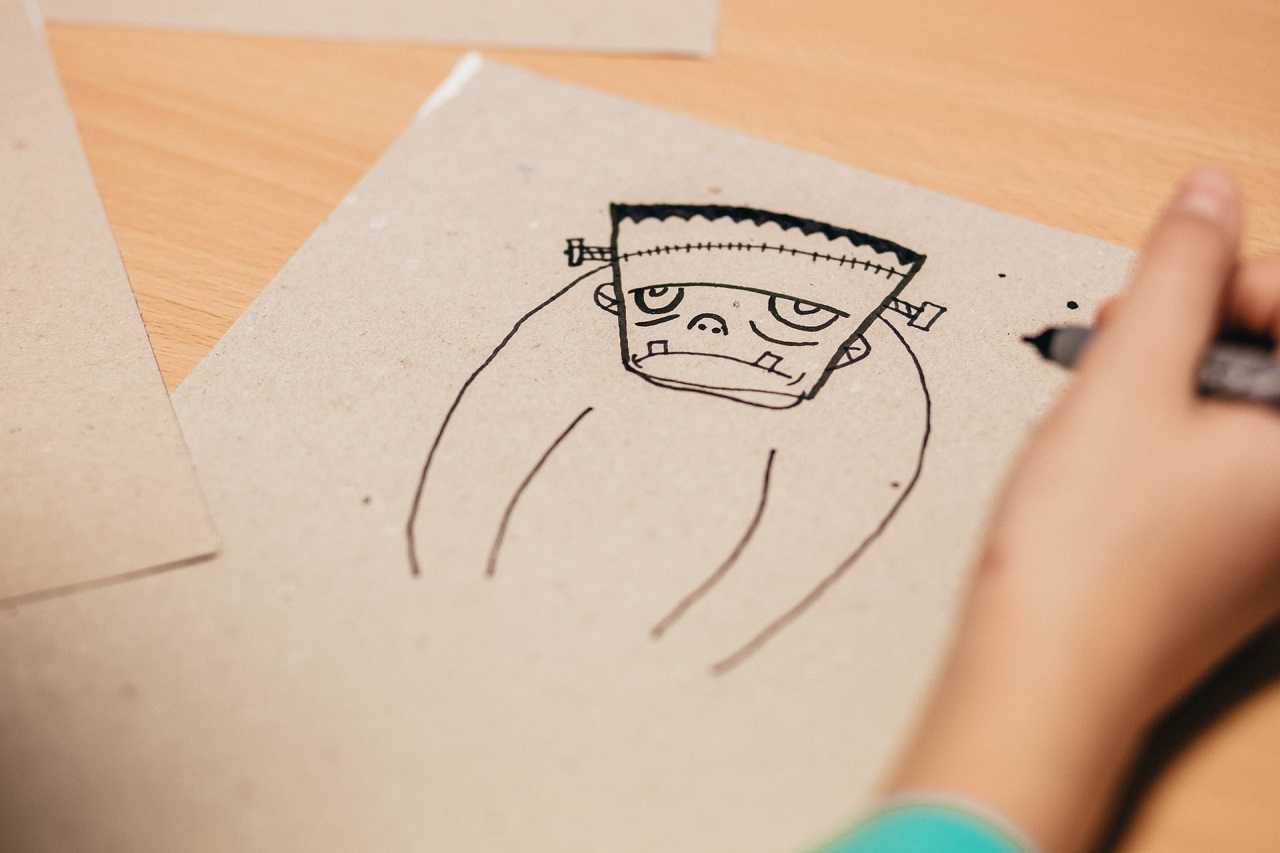
Recently, I was a featured speaker at Blockchain Technology Symposium (BTS 2020). Didn’t see my talk? Thankfully, organizers recorded a video of it.
As part of my talk, I challenged my audience to start thinking of themselves like Frankenstein’s monster, because that’s what we all are online.
Frankenstein’s monster is misunderstood. He was neither a ghoul nor was he a zombie. As Mary Shelley wrote him, he was actually a sensitive being who didn’t understand how he came to live. Directly from the novel, this quote from the monster says much:
There is something at work in my soul which I do not understand.
Made from a bunch of different body parts, with a brain unfamiliar with any of them, Frankenstein’s monster struggled to make sense of why he was animated.
Each online identity is a Frankenstein’s monster
When we create a new online account, we are grafting a new body part to our digital selves. One part may come from Facebook, the other from Apple, the other from Google.

None of these disparate body parts is living. They are, in all ways, inanimate. After being sewn and bolted together — then electrified with our individual consciousness — it’s alive!
IT’S ALIVE!
Without our individual registrations — as well as clicking “I agree” on each service’s EULA — our Frankenstein monster of each online identity cannot live. Each one of us is the bolt of electricity that gives it life. Just like Frankenstein’s monster, even though our online identities have life, we don’t own that life!
Who owns our Frankenstein’s monster?
Once our online identity is given life, what happens? Each mad scientist company builds a profile on you. They collect data on you, then sell it to advertisers. They increase their business with you by exerting influence through custom algorithms.
They created the Frankenstein’s monster version of you, but they haven’t created the real you. Monster builders like Mark Zuckerberg may claim this monster is you, and it may even resemble you, but it is a monster wandering the Internet in search of its soul.
To quote Mary Shelley’s book once again:
But he has no soul and as a result the monster is rejected by everyone he meets
Because we do not own the Frankenstein’s monster that is our online identities, it is a monster without a soul. An “I agree” button on a EULA may give the monster electricity. However, without owning our online identities, the monster has no soul.
So how can each monster gain a soul? Decentralisation, if properly implemented, can allow those of us with online souls to find each other and connect safely, and protect ourselves from the soulless monsters out there.
This is the promise of social media: to connect real people with real people, creating value for each other. This promise can only be realized with a soul.

